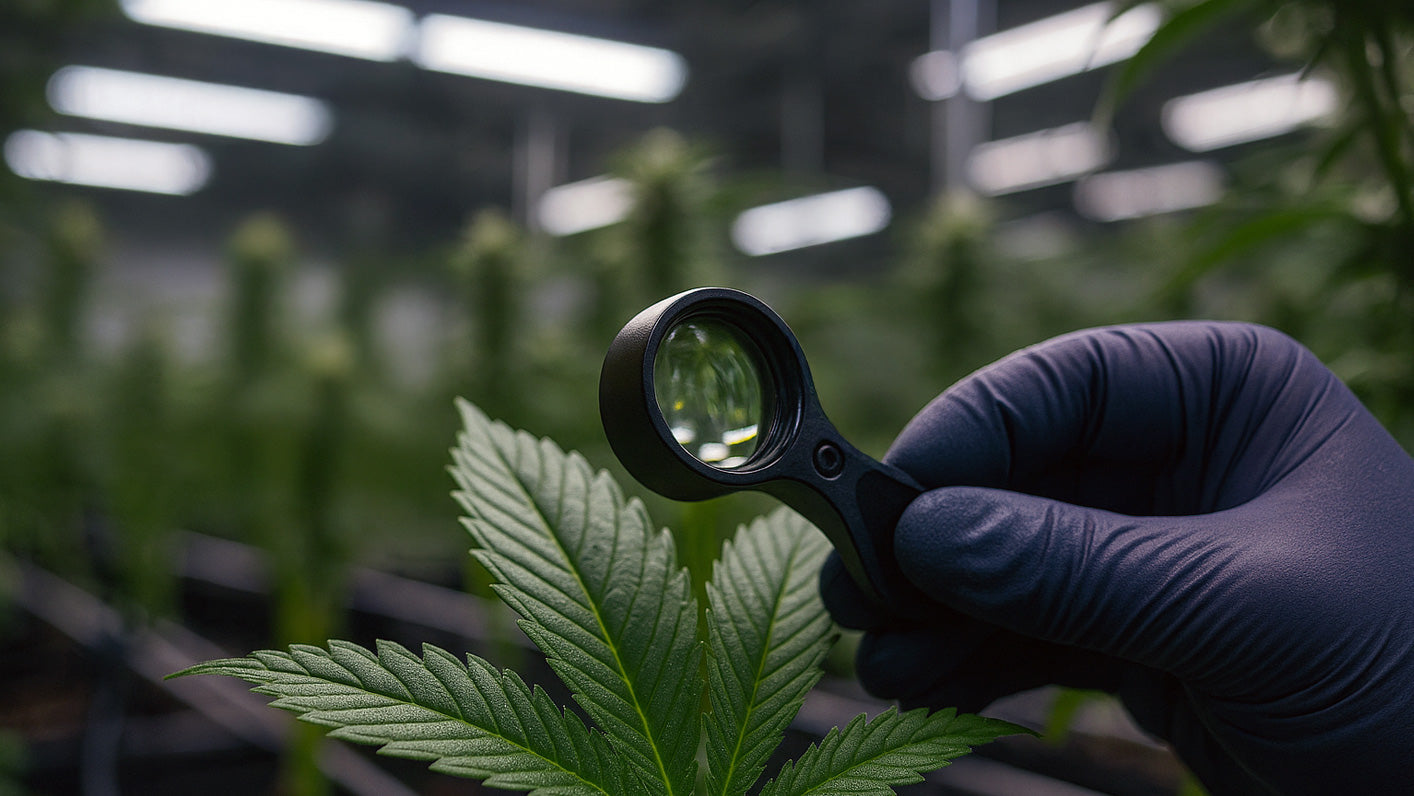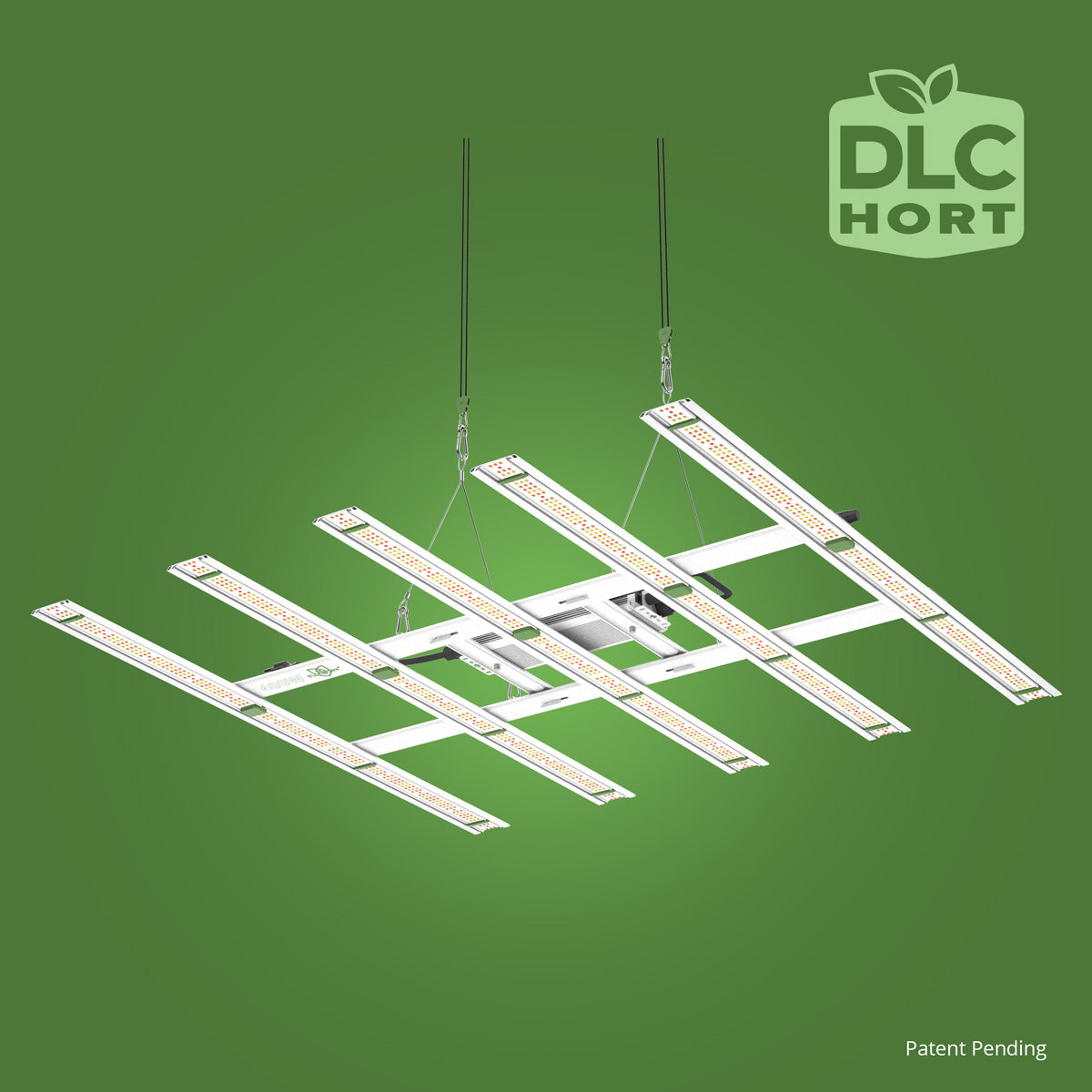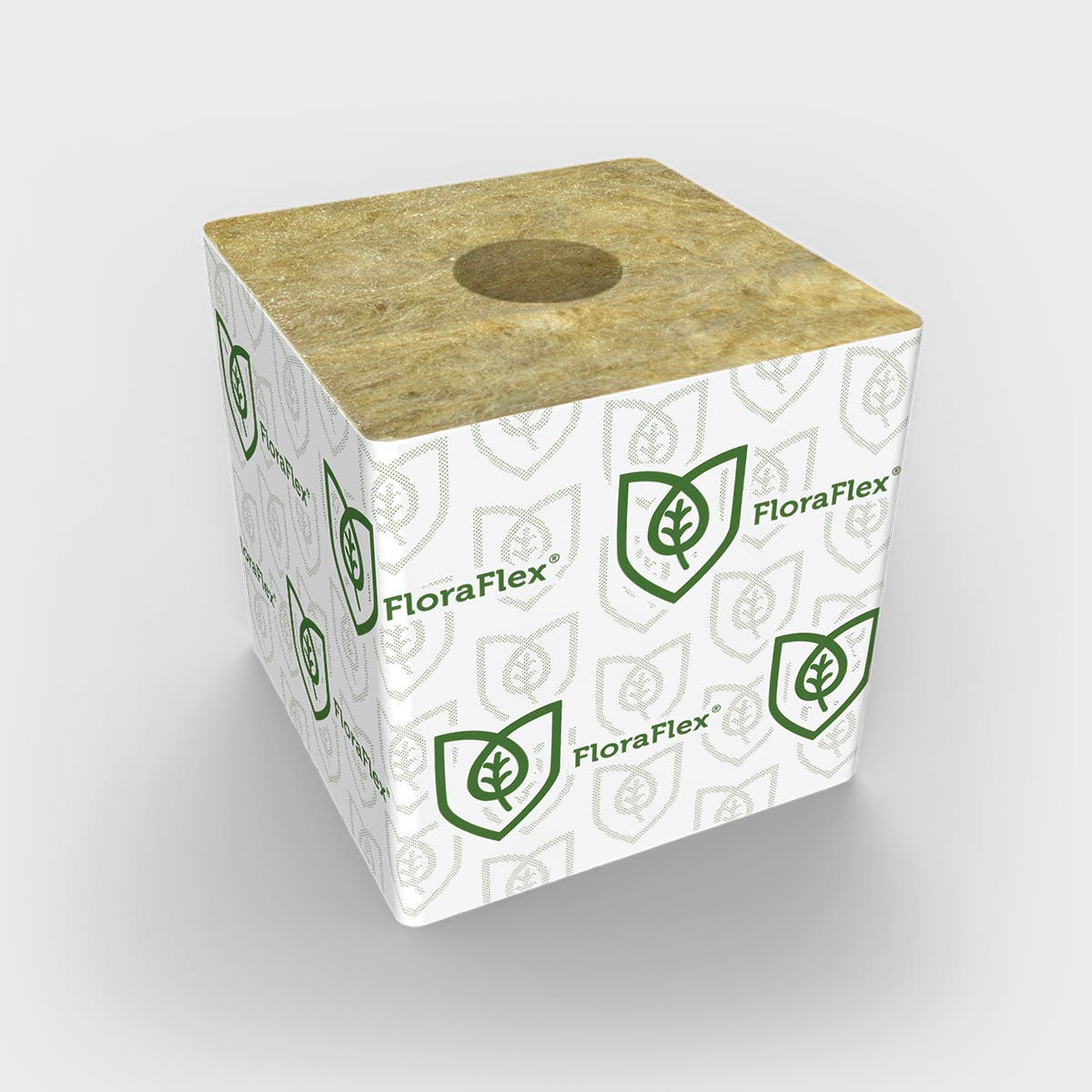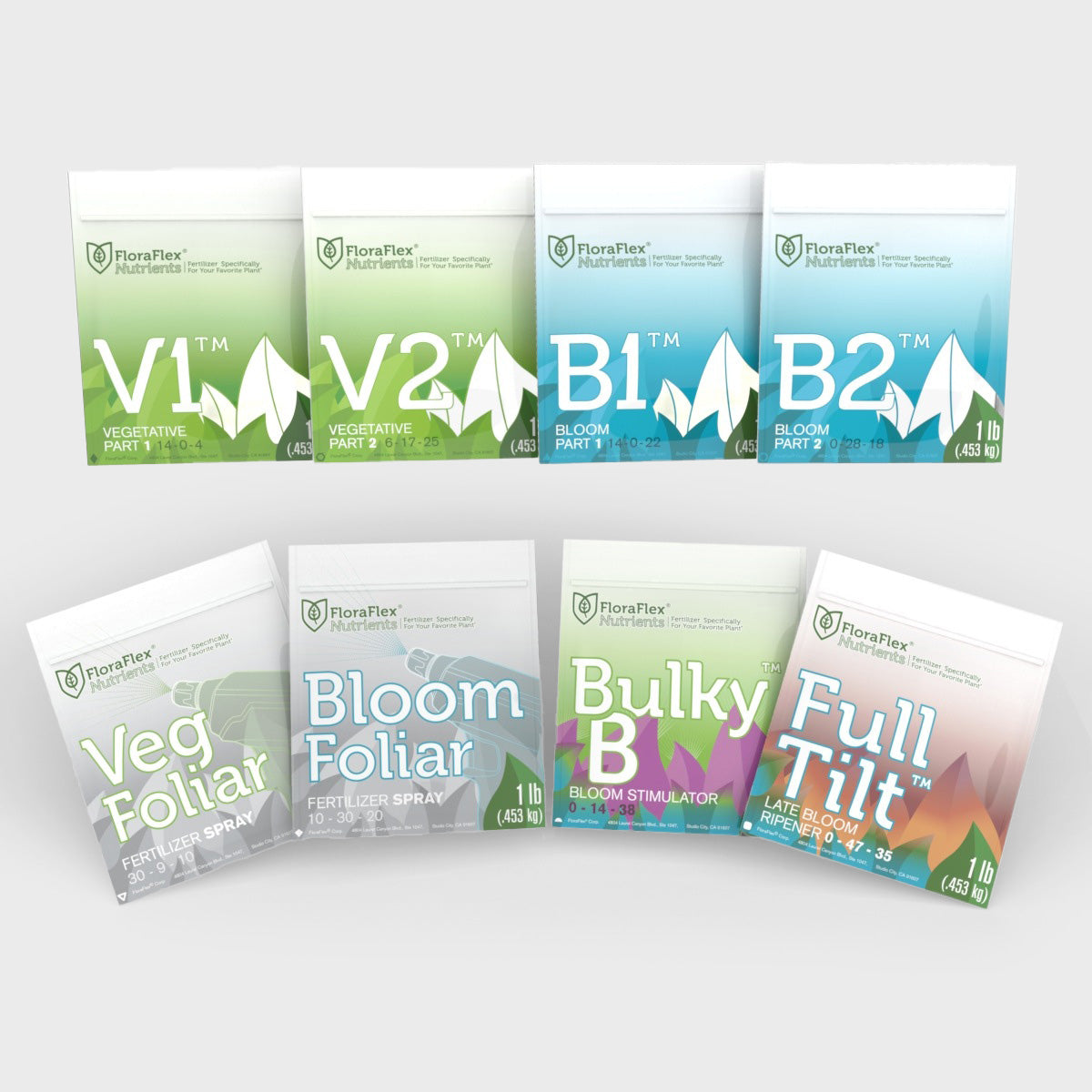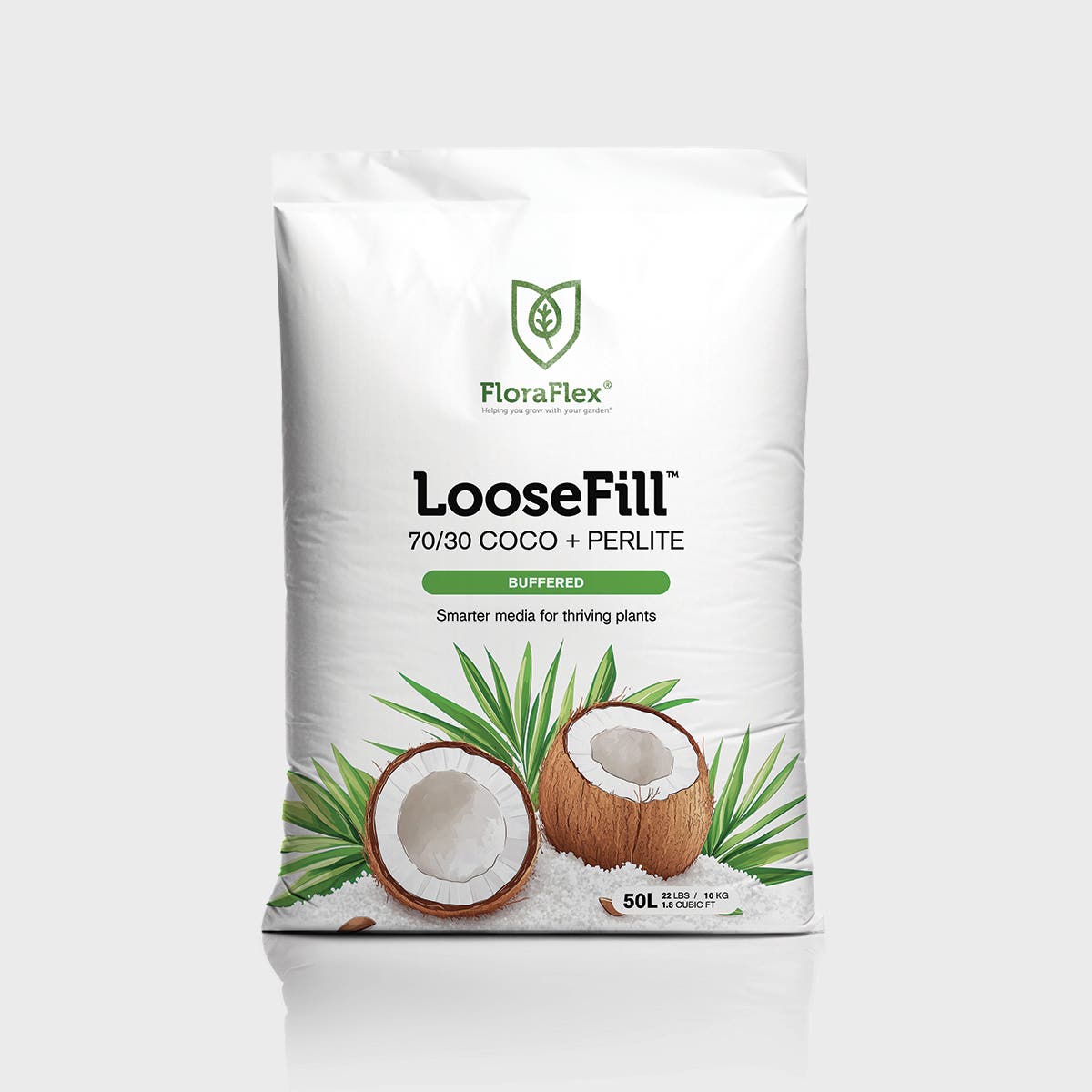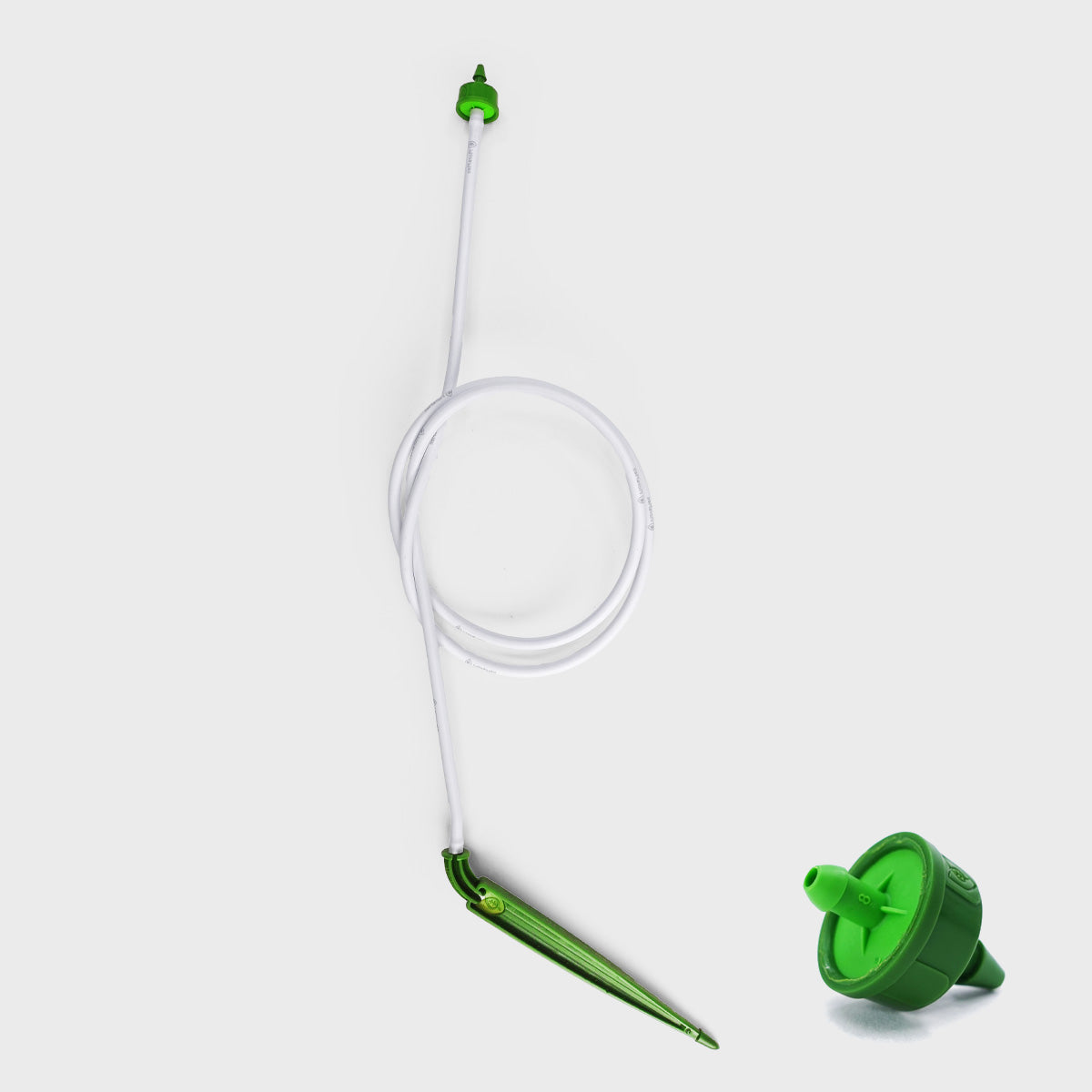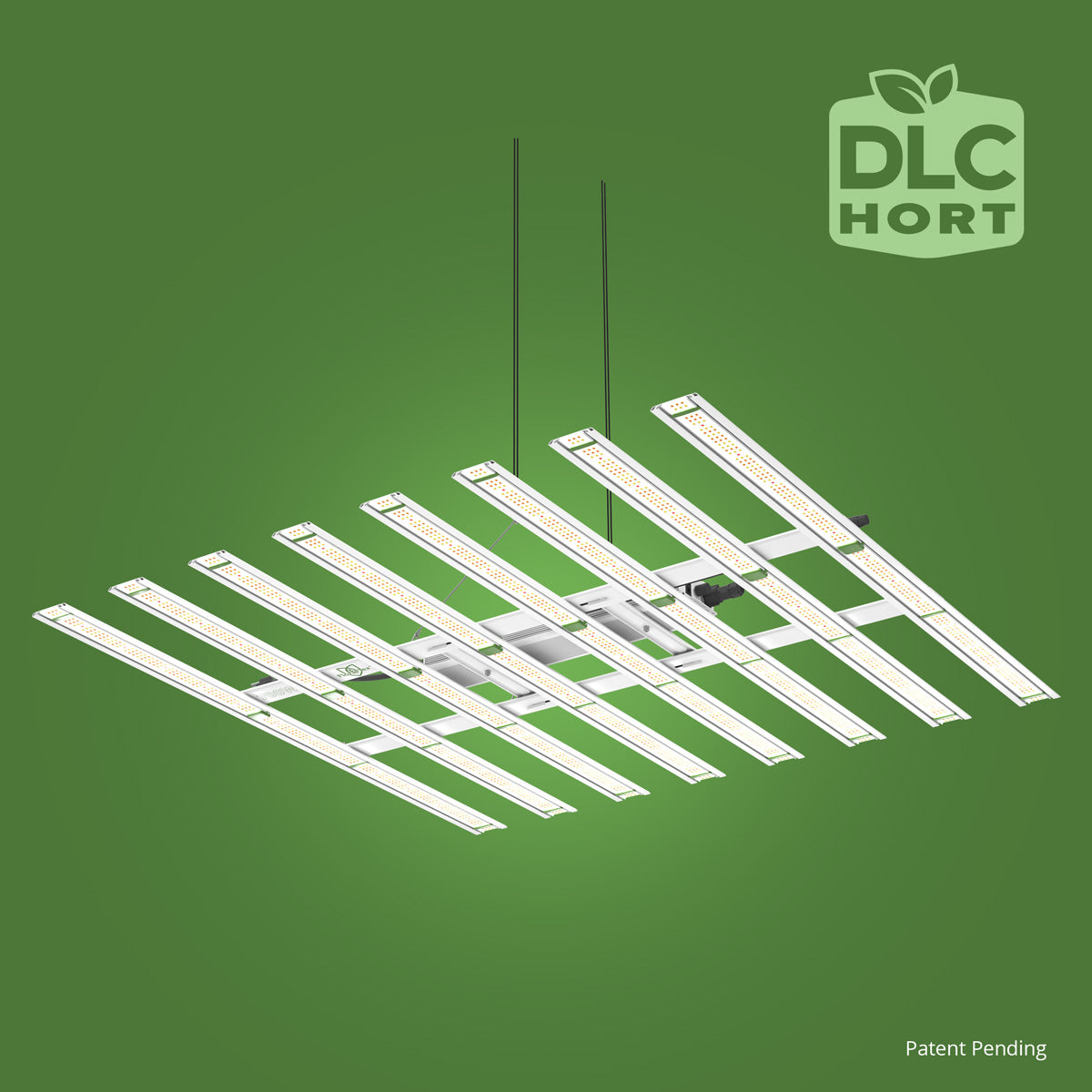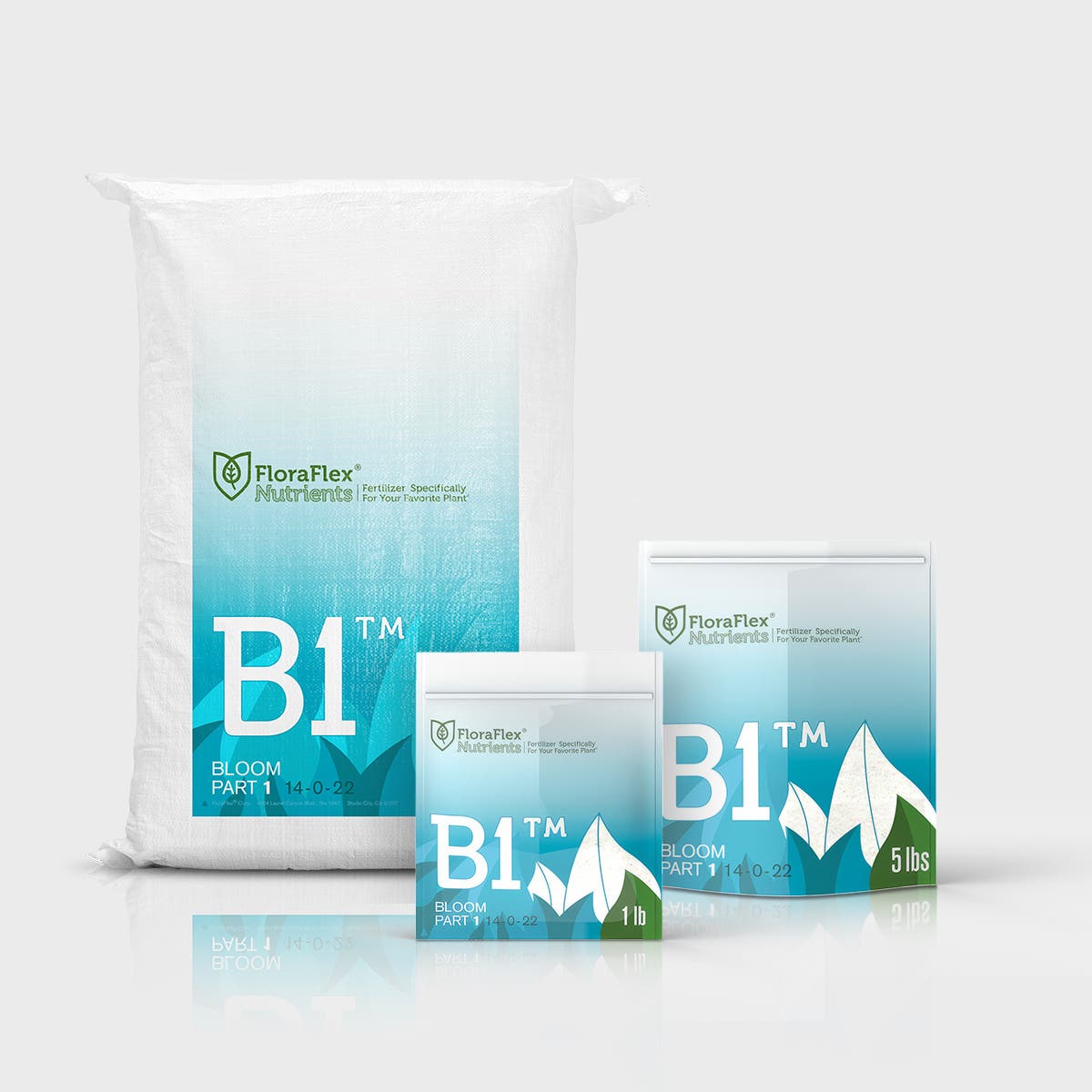Pests and mildew don’t care how big your operation is. Whether you manage multiple rooms or a single tent, the growers who win are the ones who prevent, detect early, and act precisely—not reactively.
1) The IPM mindset
IPM is a system, not a single product. It combines exclusion (keeping problems out), environmental control (making your space hostile to pests and pathogens), monitoring (so you see small issues early), and targeted interventions (biocontrols and, only when necessary, compatible sprays). Done well, IPM reduces crop risk and lowers costs over time.
2) Keep problems out
Treat every entry as a potential vector. For bigger facilities, post an entry SOP: sanitize hands, swap into clean footwear or covers, and restrict personal plant material. Quarantine incoming clones; inspect with a loupe and keep them isolated until they pass at least two clean checks a few days apart. Home growers can mirror the same logic—change shirts after yard work and avoid moving houseplants through the grow.
3) Tune the environment against pests & mildew
Many outbreaks are humidity and airflow stories. Aim for steady VPD, continuous gentle air movement above and through the canopy, and an irrigation rhythm that doesn’t keep surfaces wet. Prune overcrowded leaves for light and airflow, and keep floors clean and dry. Simple habits—emptying runoff trays, wiping spills, and managing dehumidifier set points—do more than most sprays.
4) Scout so you never get surprised
Sticky cards and a quick, repeatable walk-through catch problems early. Check leaf undersides, look for stippling or webbing, and note odd growth or powdery residues. Keep a tiny log—date, room, observation. Those notes reveal trends before they become losses, whether you manage ten rooms or one tent.
5) Biocontrols: prevention with teeth
Beneficial insects and mites work best before populations explode. Match the agent to the target (e.g., predators for mites, parasitoids for certain aphids, soil-dwelling predators for fungus gnats) and avoid broad-spectrum sprays that would harm your “good guys.” Store and release according to supplier specs—temperature and timing matter.
6) When sprays make sense
If thresholds are exceeded, choose products compatible with your crop stage and biocontrol plan. Many teams start with oils/soaps, microbials, or botanical actives, rotating modes of action and spot-treating first. Always read and follow the label, observe local regulations, and test a small area before whole-room applications.
A simple weekly IPM loop
- Walk the space with a loupe; check sticky cards and leaf undersides.
- Log observations (room, pests spotted, mildew signs, environmental notes).
- Adjust environment (airflow, RH/VPD) and irrigation cadence if needed.
- Release or top-up biocontrols per schedule and pressure.
- Only if thresholds are exceeded, apply a compatible, labeled product; log what you used.
Three common issues & first responses
Fungus gnats: Let surfaces dry between irrigations, remove standing runoff, consider soil-dwelling predators and sticky cards.
Spider mites: Improve through-canopy airflow and reduce plant stress; deploy predatory mites early; spot-treat hot zones as needed.
Powdery mildew: Lower leaf wetness, increase air exchange, thin dense foliage, and use labeled preventives compatible with your growth stage.
Where irrigation & media help IPM
Uniform irrigation and a medium that drains predictably make pests less comfortable. Even, repeatable dry-backs reduce gnat pressure and leaf wetness, while cleaner rooms and fewer puddles limit mildew spread. Whether you’re automated in a facility or hand-watering at home, consistency is prevention.

